 W
WThe 1993 mass killings of Tutsis by the majority-Hutu populace in Burundi are described as genocide in the final report of the International Commission of Inquiry for Burundi presented to the United Nations Security Council in 1996.
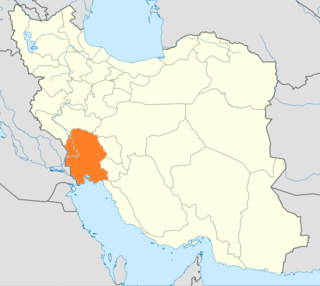 W
WArab separatism in Khuzestan refers to a decades-long separatist movement in the western part of Khuzestan Province in Iran. Since the 1920s, tensions have often resulted in violence and attempted separatism, including major riots, insurgency in 1979, unrest in 2005, terrorist bombings in 2005–06, protests in 2011 and the 2018 Ahvaz military parade attack. Iran denies that ethnic discrimination or conflict exist in the country.
 W
WThe Arab–Iranian conflict or Arab-Persian conflict is a term which is used in reference to the modern conflict between Arab League countries and Iran. In a broader sense, the term is also used in reference to the historical ethnic tensions which have existed for centuries between Arabs and Persians as well as the historical religious sectarian conflict between Shia and Sunni Muslims, due to Saudi Arabia and post-revolutionary Iran seeing themselves as the champion leading states for Sunni Muslims and Shia Muslims, respectively. A noteworthy point in this conflict is that Iran has very positive relations with numerous Arab countries such as Iraq, Syria, Lebanon, Algeria and Tunisia. In this regard, the rivalry and tension is often seen as being between Iran and Gulf Arab monarchies, such as the GCC states and their allies: namely Egypt, Sudan, Jordan and Morocco. The biggest rivalry in the Arab–Iranian conflict is between Saudi Arabia and Iran, who have been waging a heavy proxy war against each other since the late 1970s.
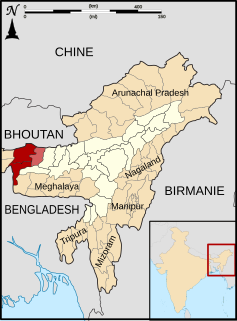 W
WIn July 2012, violence in the Indian state of Assam broke out with riots between indigenous Bodos and Bengali speaking Muslims. The first incident was reported to have taken place on 20 July 2012. As of 8 August 2012, 77 people had died and over 400,000 people were taking shelter in 270 relief camps, after being displaced from almost 400 villages. Eleven people have been reported missing.
 W
WAssam separatist movements are insurgency movements operating in Northeast India's oil-rich state of Assam. The conflict started in the 1970s following tension between the native indigenous Assamese people and the Indian government over alleged neglect, domination, subjugation, political, social, cultural, economic exploitation and internal colonisation through its federal centre in Delhi. The conflict has resulted in the deaths of 12,000 United Liberation Front of Assam (ULFA) members and 18,000 others.
 W
WEthnic conflicts in Kenya occur frequently, although most are minor skirmishes. A significant increase in the severity of such conflicts between the various ethnic groups inhabiting the country was witnessed after the introduction of multi-party politics in the early 1990s, especially during the 2007–08 Kenyan crisis. Major conflicts have also led to exoduses of ethnic minority communities with roots in other geographical areas.
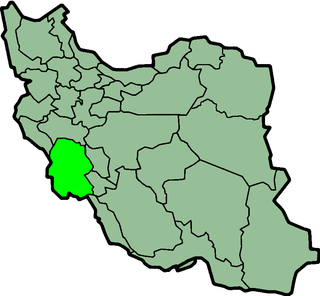 W
WThis article focuses on the politics of Khuzestan Province, a petroleum-rich and ethnically diverse province of southwestern Iran. Some of the major Iranian oilfields like Ahvaz Field, Marun, Aghajari, Karanj, Shadegan and Mansouri are located in Khuzestan Province territory.
 W
WThe 2001 insurgency in Macedonia was an armed conflict which began when the ethnic Albanian National Liberation Army (NLA) militant group, formed from veterans of the Kosovo War and Insurgency in FR Yugoslavia, attacked Macedonian security forces at the beginning of February 2001, and ended with the Ohrid Agreement, signed on 13 August of that same year. There were also claims that the NLA ultimately wished to see Albanian-majority areas secede from the country, though high-ranking members of the group have denied this. The conflict lasted throughout most of the year, although overall casualties remained limited to several dozen individuals on either side, according to sources from both sides of the conflict. With it, the Yugoslav Wars had reached Macedonia. The Socialist Republic of Macedonia had achieved a peaceful independence from Yugoslavia in 1991.
 W
WThe internal conflict in Myanmar is a series of insurgencies in Myanmar that began shortly after the country, then known as Burma, gained independence from the United Kingdom in 1948. The conflict has largely been ethnic-based, with several ethnic armed groups fighting Myanmar's armed forces, the Tatmadaw, for self-determination. Despite numerous ceasefires and the creation of autonomous self-administered zones in 2008, many groups continue to call for independence, increased autonomy, or the federalisation of the country. The conflict is also the world's longest ongoing civil war, having spanned more than seven decades.
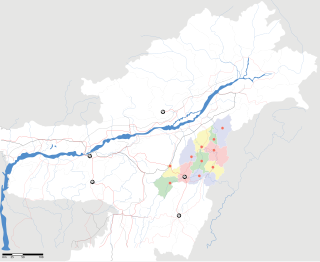 W
WThe ethnic conflict in Nagaland, in northeastern India, is an ongoing conflict fought between the ethnic Nagas and the governments of India and Myanmar. Nagaland inhabited by the Nagas is located at the tri-junction border of India on the West and South, north and Myanmar on the East.
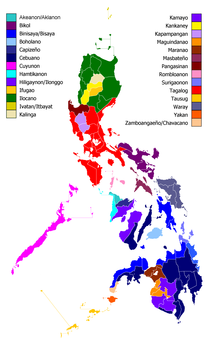 W
WEthnic issues in the Philippines are multifarious and emerged in various portions of the history of people, institutions and territories coinciding to that of the present-day Philippines.
 W
WIn August 2012, a series of ethnic clashes between the Orma and Pokomo peoples of Kenya's Tana River District resulted in the deaths of at least fifty-two people. The violence was the worst of its kind in Kenya since the country's 2007–08 crisis, which left 118 people dead and more than 13,500 displaced - over 50% of the 13,500 were children, women and the elderly.